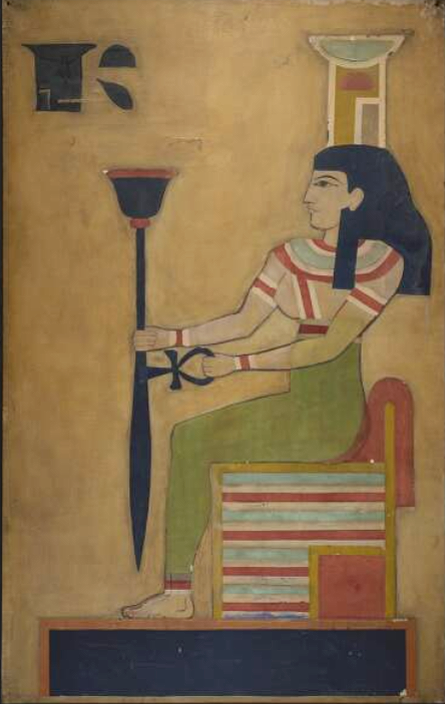The Fire Temple of the Goddess
- Sally North
- Jul 31, 2022
- 2 min read
Updated: Mar 7, 2023
In the grounds of St. Brigid's Cathedral, Kildare is a magnificent round tower which is open to the public. Nearby is a high cross with a damaged top, much weathered by the centuries but still impressive.

But the most intriguing remnant of the past is a slightly unremarkable stone walled enclosure, partly below ground level.

This is all that remains from the enclosure of a sacred fire which, when first recorded by Giraldus Cambrensis in 1186 , was tended by an order of women, nineteen in number, who ensured that it never went out. He describes the absolute prohibition of men from the enclosure "This fire is surrounded by a hedge, made of stakes and brushwood and forming a circle, within which no male can enter, and if any one should presume to entre, which has been somethimes attempted by rash men, he will not escape the divine vengeance. Morevoer, it is only lawful for women to blow the fire, fanning it or using bellows only, and not with their breath."
On occasions, when the prohibition was breached, severe punishment soon followed. According to Giraldus an archer who violated the sanctuary and blew on the flame went mad and died from drinking water, believing himself to be burning up. His companion who only put his foot over the hedge before withdrawing it, got off relatively light being from henceforth "lame and an idiot".
The number of women tending the shrine was nineteen, though when Brigid was alive she made up the twentieth member. After her death an "empty" night was left for her, in which she miraculously kept the fire going until the following day.
This fire burnt, with only one interruption, until the dissolution of the Abbey in 1540.
Lighting and tending magical fires was an important activity in pagan Ireland and recent archaeological work has uncovered evidence for the practice at significant sites. It is not very fanciful to assume that an important cult centre of the goddess Brid existed at Kilare long before the arrival of Christianity into Ireland and that the transition from priestesses to nuns was a relatively uncomplicated one.
There are many interpretations of the meaning of the name "Brid" or Brigid, most relating to strength or virtue. But Maud Joynt, a prominent scholar of the Irish language in the early 20th century confidentally asserted that her name means "bright ashless flame".








Comments